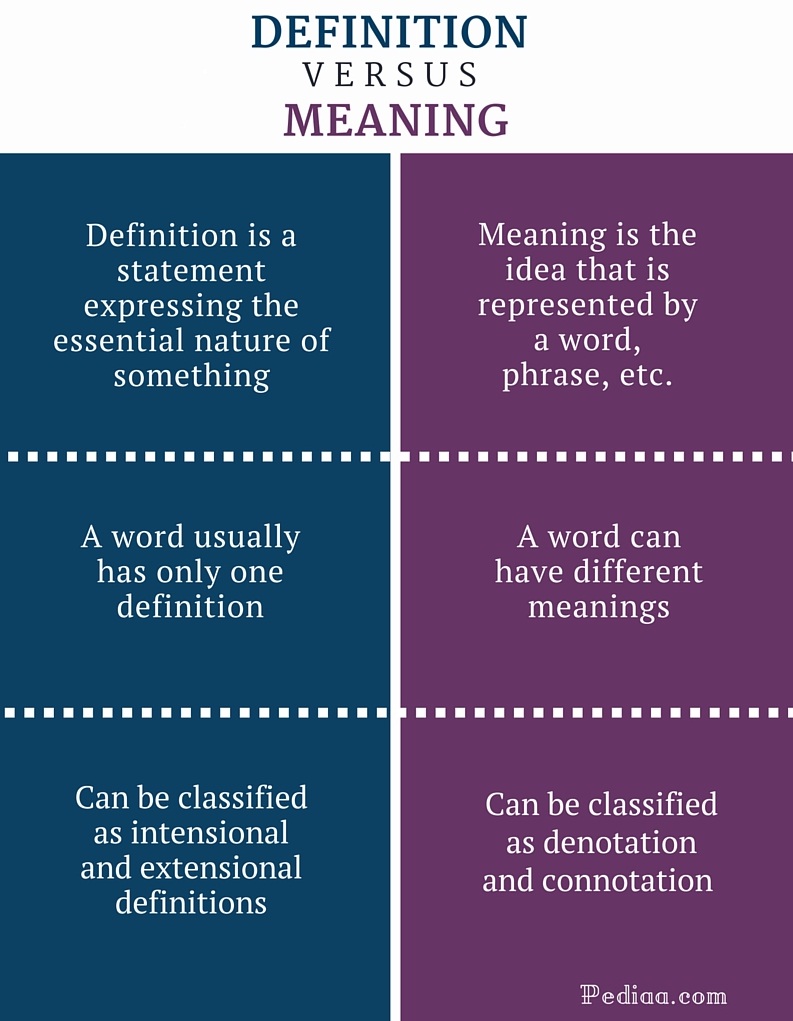Measurement serves as the bridge between the abstractions of theoretical paradigms and the tangible realities of the empirical world. It is not merely a quantitative assessment; instead, it embodies the foundation upon which the edifice of scientific inquiry is constructed. Metaphorically speaking, one can liken measurement to a compass that guides the navigator through the uncharted waters of uncertainty, providing direction and purpose in the quest for knowledge.
At its core, measurement can be defined as the process of quantifying attributes or phenomena through systematic observation and numerical representation. This multifaceted activity hinges upon established standards and units, be it in the realm of physical dimensions, time intervals, or other quantifiable characteristics. The unit of measurement serves not only as a reference but also as a language universally understood across disciplines, facilitating a shared acknowledgment of reality.
Historically, the evolution of measurement has been akin to an odyssey, reflecting humanity’s undying quest for precision and comprehension. From the rudimentary notches on wood to the sophisticated instruments of modern science, the journey has been characterized by a relentless pursuit of accuracy. Measurement is an art form, with a rich tapestry woven from the threads of mathematics, physics, and engineering. The historical progression of measurement systems reveals societal advancement, as tools improved, more intricate metrics emerged, and the abstract notion of “distance” could be quantified in increasingly refined and meaningful ways.
Furthermore, the intrinsic importance of measurement spans various facets of our lives, from the mundane to the critical. In the realm of scientific research, accurate measurement underpins experimental integrity. The principles of reproducibility and validity hinge on the ability to consistently measure variables with precision. For instance, consider a biologist conducting a groundbreaking study on cell behavior. The accuracy of measurements regarding cellular response to stimuli can dramatically influence the outcomes and interpretations of the study, underscoring that measurement is not merely a procedural step but a fundamental cornerstone of scientific rigor.
Beyond the confines of academia, measurement plays a pivotal role in countless everyday applications. In the culinary arts, the precision of ingredient measurement can mean the difference between culinary triumph and disaster. Similarly, in the construction industry, measurements dictate structural integrity and safety. The foundation of a skyscraper rests upon the meticulous calculation of dimensions, angles, and materials, epitomizing the substantial weight of accurate measurement in societal infrastructure.
Moreover, the significance of measurement extends into the realm of technology and digital innovation. With the surge of data-driven decision-making, measurement has transcended traditional boundaries, evolving into a complex interplay of analytics and metrics. The advent of big data has revolutionized industries, where the capability to measure and analyze vast quantities of data can unveil patterns that inform policy, enhance market strategies, and drive innovation. In this new landscape, measurement has metamorphosed into a powerful tool, one that can predict future trends with astonishing accuracy.
Yet, despite its invaluable contributions, the process of measurement is fraught with challenges. The debate surrounding measurement error—be it systematic or random—serves as a poignant reminder of the limitations inherent in any measuring system. Even the most advanced instruments cannot wholly capture the plethora of variables that exist within complex systems. This realization invites a philosophical reflection on the nature of knowledge itself: how much can we truly know when our understanding is filtered through the lens of measurement? Herein lies the paradox; while measurement paves the way for clarity, it simultaneously constrains our understanding by imposing numerical boundaries on otherwise boundless phenomena.
In the face of these challenges, the role of measurement is enhanced by the integration of interdisciplinary approaches. Mathematics, instrumentation, and a nuanced grasp of the subject matter converge to create a holistic framework for accurate measurement. The collaborative efforts of scientists, engineers, and statisticians enrich the methodology, fostering a culture of meticulousness and creativity.
Ultimately, the philosophy of measurement extends beyond its practical applications, provoking deeper existential questions about the nature of reality. It invites contemplation on how one interprets the world, emphasizing that measurement is not only about quantifying but also about enhancing comprehension. The nuances involved—whether determining the velocity of a particle or evaluating human behavior—demonstrate that measurement is interwoven with the fabric of our intellectual pursuits.
In conclusion, measurement transcends mere numerical quantification; it serves as a vital component of inquiry and innovation across various domains. The confluence of historical evolution, practical relevance, and philosophical implications underscores the unique appeal of measurement as a field worth exploring. Through its lens, we can not only navigate the empirical world but also enrich our collective understanding of the universe. Measurement, with all its intricacies and challenges, remains a beacon illuminating the intricate dance between theory and reality.










